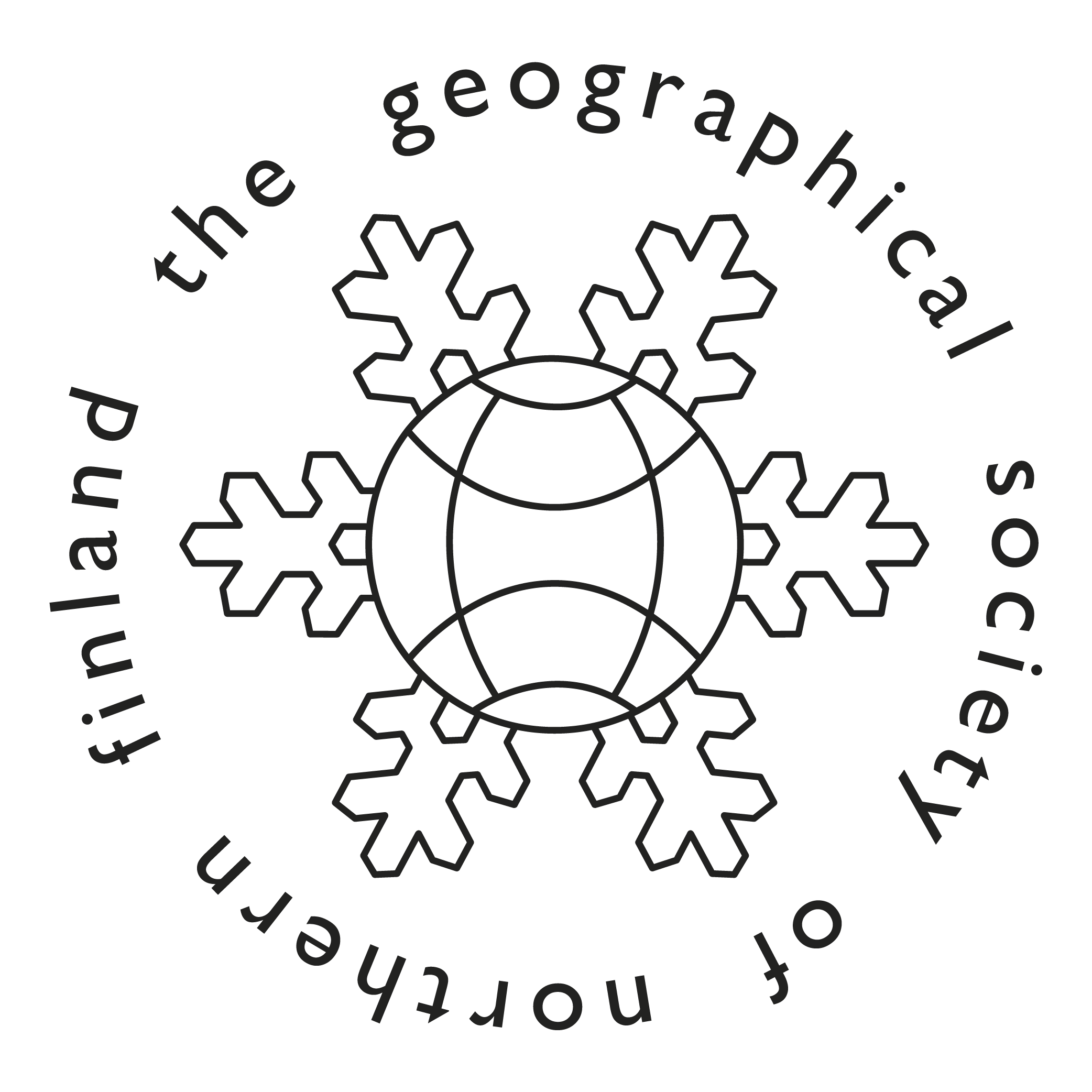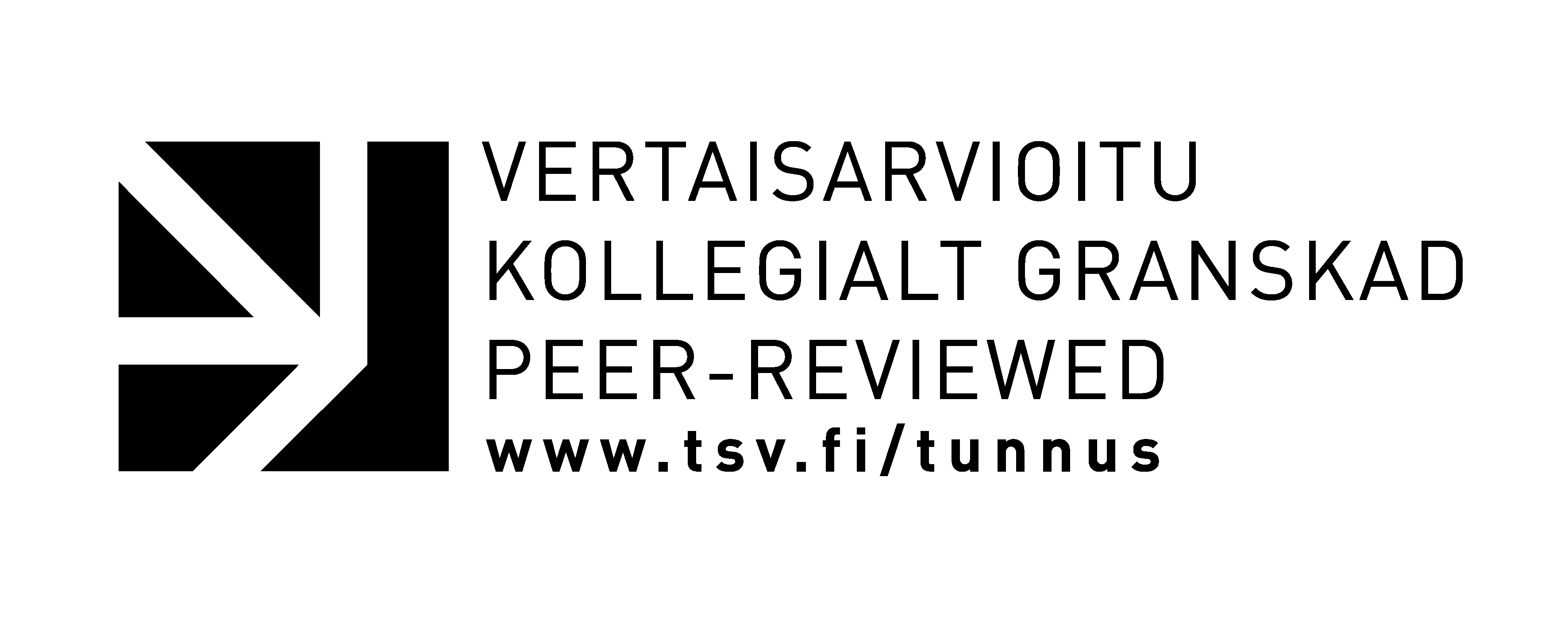Meaningful engagement and oral histories of the indigenous peoples of the north
Abstract
This paper explores the question of what constitutes endemic evaluation, genuine success and engagement of Indigenous peoples and their communal oral histories. The materials discussed are derived from a range of oral history processes in the boreal and in the Arctic. Having long been an elusive and marginalized method of conveying cultural knowledge, oral history is enjoying emerging recognition in assessments of biodiversity, natural resources and climate change. As early as the 1970s, the Mackenzie Pipeline Inquiry utilized the oral histories of the Inuvialuit, Dene and Gwitchin. The 1997 Supreme Court Decision Delgamuuwk validated Gitxsan and Wet’suwet’en First Nations’ oral histories as sound evidence in courts on matters of Indigenous history. This paper reviews experiences from the authors of the Mackenzie Pipeline Inquiry and the Gitxsan and Wet’suwet’en First Nations in a post-Delgamuuwk era, to determine key aspects of oral history work. Additional examples of the uses of communal oral histories in environmental research, and their transferability, emerge from Canada, Finland and Sweden. At its best, oral history does what it is supposed to do – makes invisible histories visible. Such new readings of Indigenous landscapes are urgently needed to understand rapid changes currently underway in the North.







